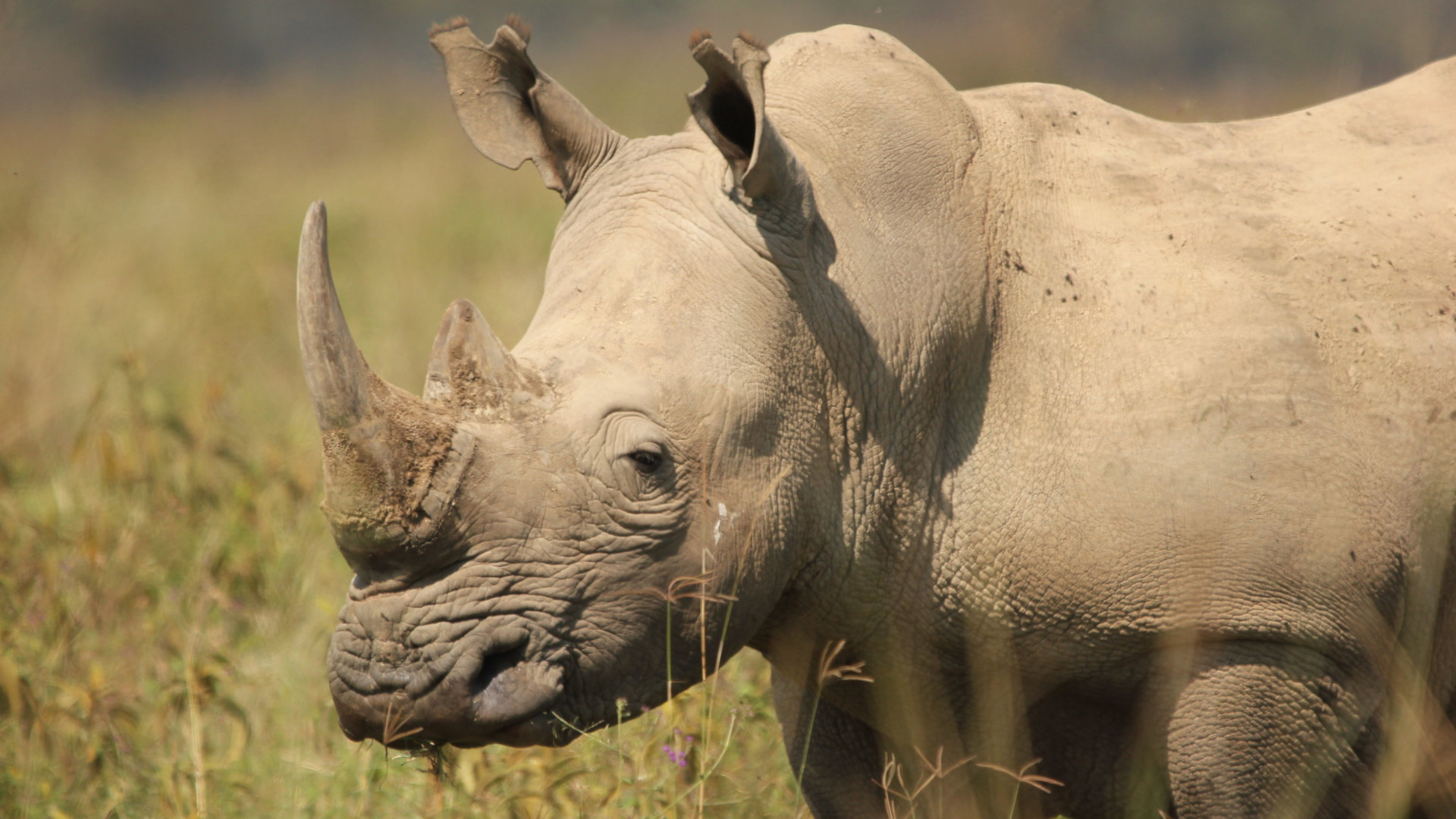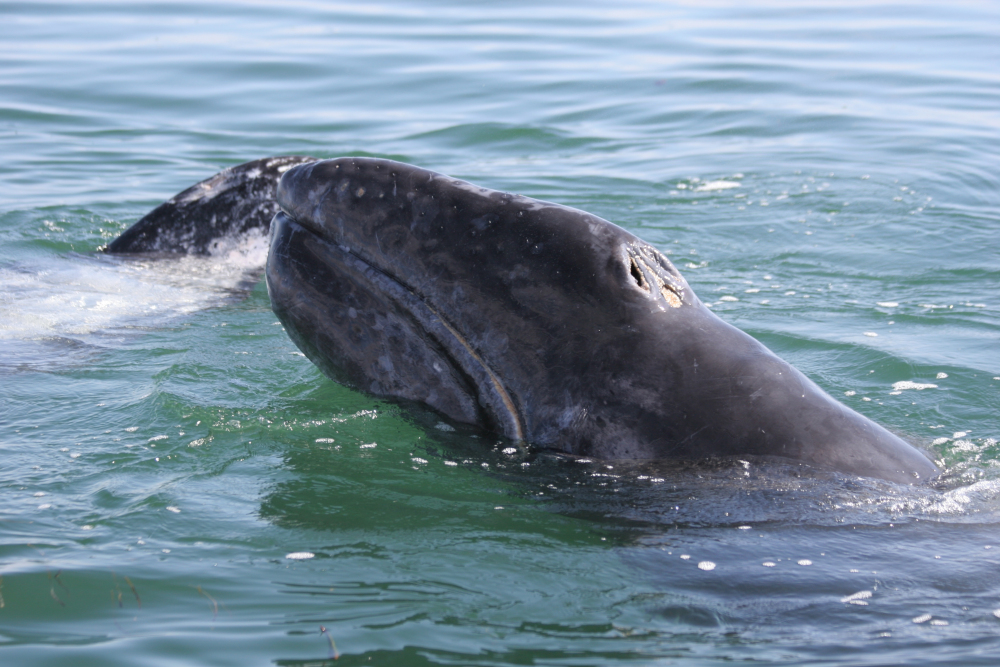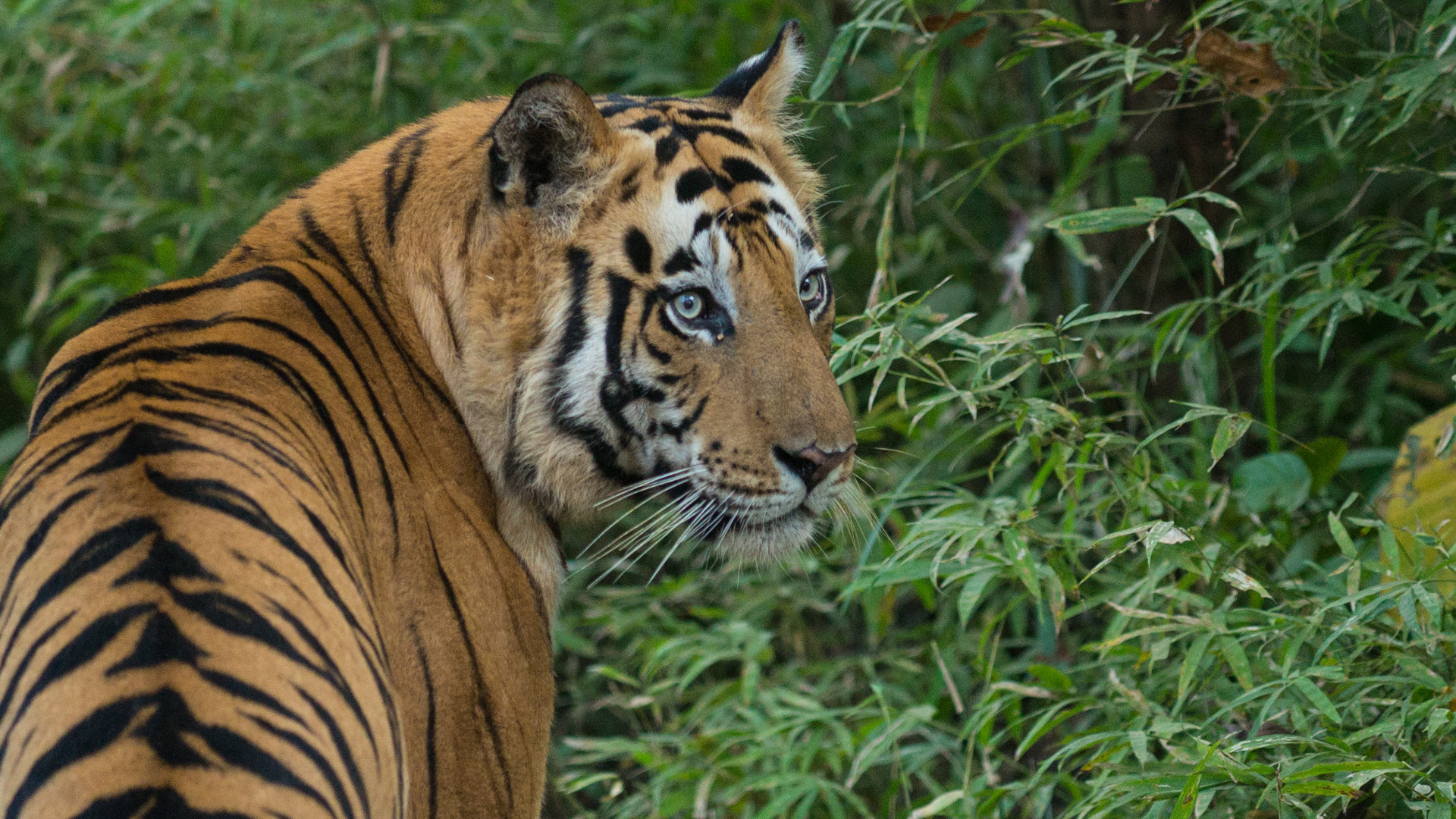For those of us in the conservation community, there’s only one holiday each year that truly matters: World Pangolin Day.
No, wait, scratch that. It’s really Manatee Appreciation Day.
Oh, no, I forgot about Panamanian Golden Frog Day. That one’s important.
But what about International Tiger Day? Or World Otter Day? Or…
Okay, there are a lot of these “species awareness days” each year. They cover everything from birds to marine mammals and from big cats to tiny fungi. Some are established by international bodies like the United Nations. Others are declared by species’ home nations, while many are created by conservation nonprofits. In fact, just about anyone can declare a “holiday” and put it on the calendar. That’s how Earth Day got its start, after all. (We found enough environmental holidays to fill an entire calendar.)
These awareness days have obviously become a popular way to honor endangered species and fundraise for their conservation, but one big question looms over the concept: Do they work?
The answer, according to a paper published recently in the journal Biological Conservation, is yes — at least, to a certain degree.

The researchers examined 16 awareness days honoring pangolins, rhinos, wombats, polar bears and other species or taxonomic groups. Overall, they did fairly well. Google searches for these species increased an average of 3.07% on those dates (no small feat in the world of search-engine optimization), while average Wikipedia views for the critters in question rose by a remarkable 34%.
And that sometimes generates cash for conservation efforts. A dozen nonprofits that organize awareness days spoke to the researchers about their effectiveness, and six of them reported an increase in donations on those dates. The two events that opened the most wallets were Bat Appreciation Day and World Rhino Day.
This answered several long-brewing questions for the research team.
“The question whether species awareness days — or any similar awareness-raising interventions — work had been a question at the back of my mind for about five or six years before the study,” says lead author Marcus Chua, a biologist and Ph.D. candidate at George Mason University who says he often participates when he sees these events pop up on social media. “I wondered whether all these efforts amount to anything and felt that someone should really investigate this. Things got more organized after my co-author, Audrey Tan, wished me ‘Happy Whale Day’ in February 2019 and we made plans to embark on this study.”

Tan, a journalist with Singapore’s The Straits Times, sees the research — and the days themselves — as an embodiment of “the nexus of biological conservation and communication” that will help with her own wildlife coverage in the future. “For example, it will help me decide on which ‘days’ to use as a news peg for relevant stories or in determining the medium of the content — story? online interactive? photo essay? — and so on.”
In addition to generating media coverage, the research identifies several ways sponsoring groups can make their days more effective. For one thing, they found, days devoted to the typical “charismatic” species didn’t do noticeably better than others, perhaps due to “fatigue from information overload … since these species are often featured regularly in other conservation campaigns or by the media.” For example, Google searches for whales and elephants decreased on their respective awareness days.
On the other hand, a species’ novelty may make people more interested in learning more. This obviously occurred during the early years of World Pangolin Day, when fewer people were aware of the species’ threats from poaching and the illegal wildlife trade.
The researchers also found that specific calls for action — like “go to this website” or “share your knowledge” — resulted in greater engagement on Twitter. “This could certainly be incorporated in their campaigns,” says Chua, who adds that this “could help organizers focus resources or experiment to improve their awareness day effectiveness.”
Of course, the most important question is whether these days translate species awareness to conservation action. The researchers found that holding actual events on awareness days resulted in the greatest influx of donations. (That’s probably the only metric that matters, since most people don’t have the opportunity to physically assist in efforts to conserve far-flung or hard-to-find rare species.)

One thing that didn’t work: declaring an awareness day without checking to see what else is already on the calendar. Of the 16 days they studied, three were held on the same date in 2020, which the paper suggests may have diluted their effectiveness across the board.
The researchers acknowledge a few limitations of their study, which focused on a relatively small number of awareness days, all of which were promoted in English. They didn’t examine geographic patterns to see if species did better or worse in certain parts of the world or how paid advertisements may have affected fundraising outcomes.
Still, Chua says he was pleasantly surprised by the results, as he didn’t expect the days to do as well as they did.
“I was probably a little cynical, but happy to be proven wrong.”
![]()


